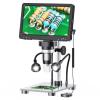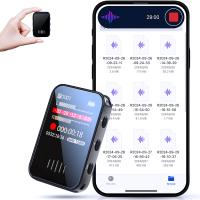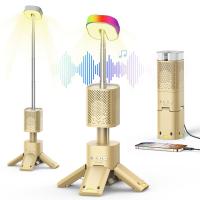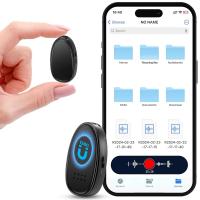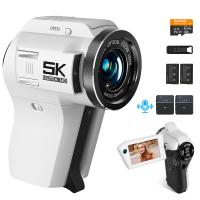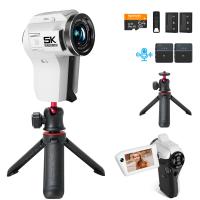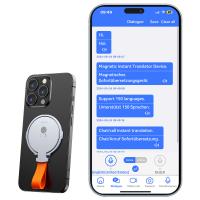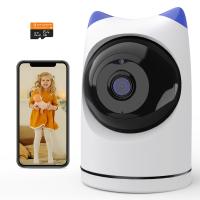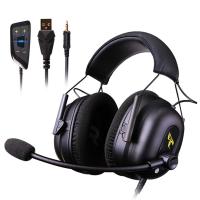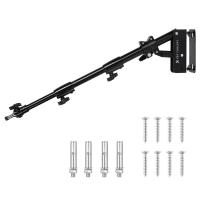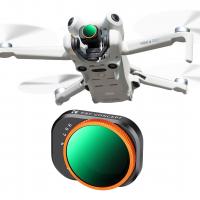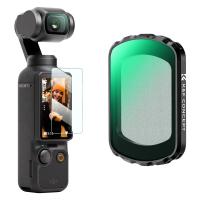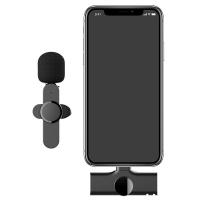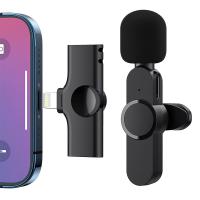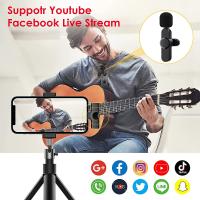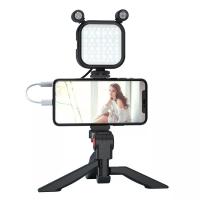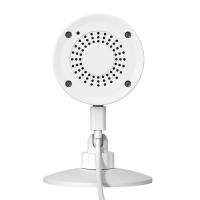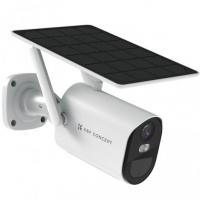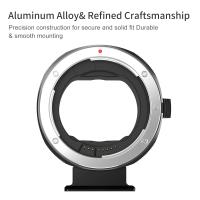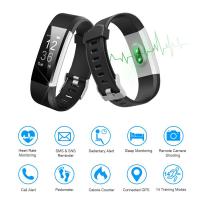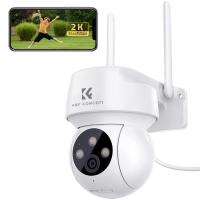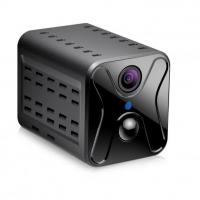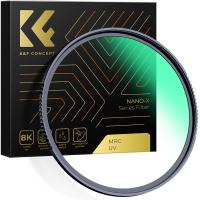How Do You Get Sound With Screen Record?
Screen recording is an essential tool for many modern tasks, whether you’re creating tutorials, capturing gameplay, or documenting software bugs. However, capturing audio alongside the video is equally important, as it adds context, clarity, and value to the content. Users often face challenges in recording sound along with their screen, leading to incomplete or ineffective results. This article provides an in-depth look at how to achieve seamless screen recording with sound on various devices and platforms, answering common issues and providing practical tips.
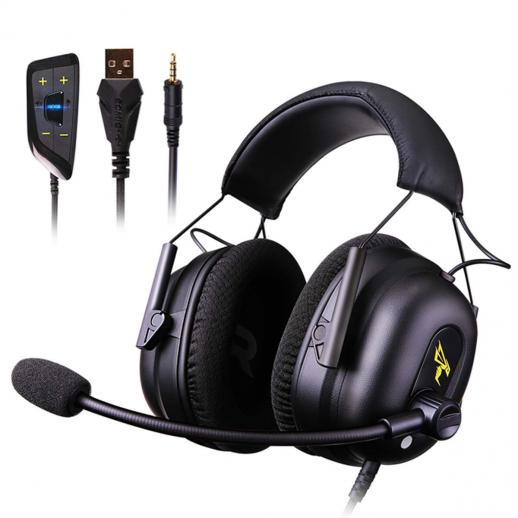
Why Sound Matters in Screen Recording
Sound is a vital part of any recording because it provides information that visuals alone cannot convey. For instance:
- Tutorials benefit from narration that guides viewers step-by-step.
- Meetings or webinars require audio to preserve the full context of discussions.
- Gameplay recordings are enhanced by in-game sounds and commentary.
Despite its importance, capturing sound can sometimes be tricky due to technical limitations, system restrictions, or improper settings. Below, we delve into how to get sound with screen recordings on different devices and software.
---
1. Recording Sound with Built-in Tools on Major Operating Systems
Windows 10/11: Using Xbox Game Bar
Windows comes with a built-in screen recording tool called the Xbox Game Bar, which allows you to capture screen activities and audio:
1. Open Xbox Game Bar: Press `Win + G` to bring up the Game Bar overlay.
2. Enable Audio Capture: Ensure both “System Audio” and “Microphone Audio” are toggled on in the settings.
3. Start Recording: Click the recording button, and the system will capture both screen and audio.
4. Save and Review: After stopping the recording, you can access the video in the "Captures" folder.
Common Issues: Sometimes the Game Bar only captures app audio and not system-wide sound. To resolve this, ensure your default audio device is correctly set in the Windows sound settings.
macOS: Using QuickTime Player
Mac users can use QuickTime Player for screen and audio recording:
1. Launch QuickTime Player: Open QuickTime Player from the Applications folder.
2. Choose "New Screen Recording": From the File menu, select “New Screen Recording.”
3. Select Audio Source: Click the drop-down arrow next to the record button and select your microphone or system audio (requires additional setup, explained below).
4. Start Recording: Click the record button and choose the portion of the screen you want to capture.
Key Challenge on macOS: QuickTime cannot natively capture internal system audio. To overcome this, use third-party tools like Soundflower or Loopback to route system audio to QuickTime.
---
2. Recording Sound on Mobile Devices
iOS Devices: Using the Built-in Screen Recorder
iPhones and iPads come with a built-in screen recording feature:
1. Enable Screen Recording: Go to `Settings > Control Center > Customize Controls` and add “Screen Recording.”
2. Start Recording: Swipe down (or up, depending on the model) to open the Control Center, then tap the recording icon.
3. Enable Microphone Audio: Long-press the screen recording icon, then tap “Microphone On” to capture your voice along with the system audio.
Limitations: Some apps may restrict system audio recording due to DRM protections.
Android Devices: Using Built-in or Third-party Apps
Most modern Android devices have a built-in screen recording feature:
1. Access Screen Recorder: Swipe down to access the quick settings panel and select “Screen Recorder.”
2. Choose Audio Source: Select whether to record “System Audio,” “Microphone,” or both.
For Older Devices: Use third-party apps like AZ Screen Recorder or Mobizen, which offer robust audio and screen capture options.
---
3. Recording Sound with Third-party Software on Desktops
For advanced users or those needing additional features, third-party software can provide greater flexibility in recording screen and audio.
OBS Studio (Windows, macOS, Linux)
OBS Studio is a powerful, open-source tool ideal for screen recording and live streaming:
1. Install OBS Studio: Download and install the software from the official website.
2. Set Up Audio Sources: In the “Audio Mixer” section, add inputs for “Desktop Audio” (system sound) and “Mic/Aux” (microphone).
3. Configure Screen Capture: Create a new “Display Capture” source to record your screen.
4. Start Recording: Click the “Start Recording” button in the controls panel.
Advantages: OBS allows precise control over audio levels, multiple input sources, and custom configurations.
Camtasia (Windows, macOS)
Camtasia is a user-friendly tool designed for creating tutorials and instructional videos:
1. Record Screen and Audio: Launch Camtasia, select “New Recording,” and ensure both screen and audio options are enabled.
2. Edit Audio Tracks: Camtasia includes editing features to enhance or adjust recorded audio.
---
4. Troubleshooting Common Audio Issues
Even with the right tools, you may encounter issues in recording sound. Here’s how to address them:
Audio Not Being Captured
- Check audio input/output devices in system settings.
- Ensure the recording app has the necessary permissions to access the microphone or system audio.
Low Audio Quality
- Use an external microphone for better sound clarity.
- Record in a quiet environment to minimize background noise.
System Audio Not Recorded
- On macOS, use tools like BlackHole or Loopback to capture internal audio.
- On Windows, update audio drivers or use software like Voicemeeter to route system audio.
---
5. Practical Tips for High-Quality Recordings
To achieve professional-grade screen recordings with sound, follow these best practices:
- Plan Your Recording: Outline the content and ensure all necessary apps or materials are ready.
- Optimize Settings: Adjust the resolution and frame rate for smoother video playback.
- Test Audio Levels: Perform a test recording to check audio clarity and ensure all sources are being captured.
- Edit for Perfection: Use video editing software to trim unnecessary parts, enhance audio, and add annotations.
---
Conclusion
Capturing sound with your screen recording is not only possible but can be tailored to meet your specific needs with the right tools and settings. Whether you’re using built-in features or advanced third-party software, understanding the nuances of audio and video recording ensures a polished final product. By following the guidance in this article, you can overcome common challenges and achieve professional-quality results in your screen recordings.

